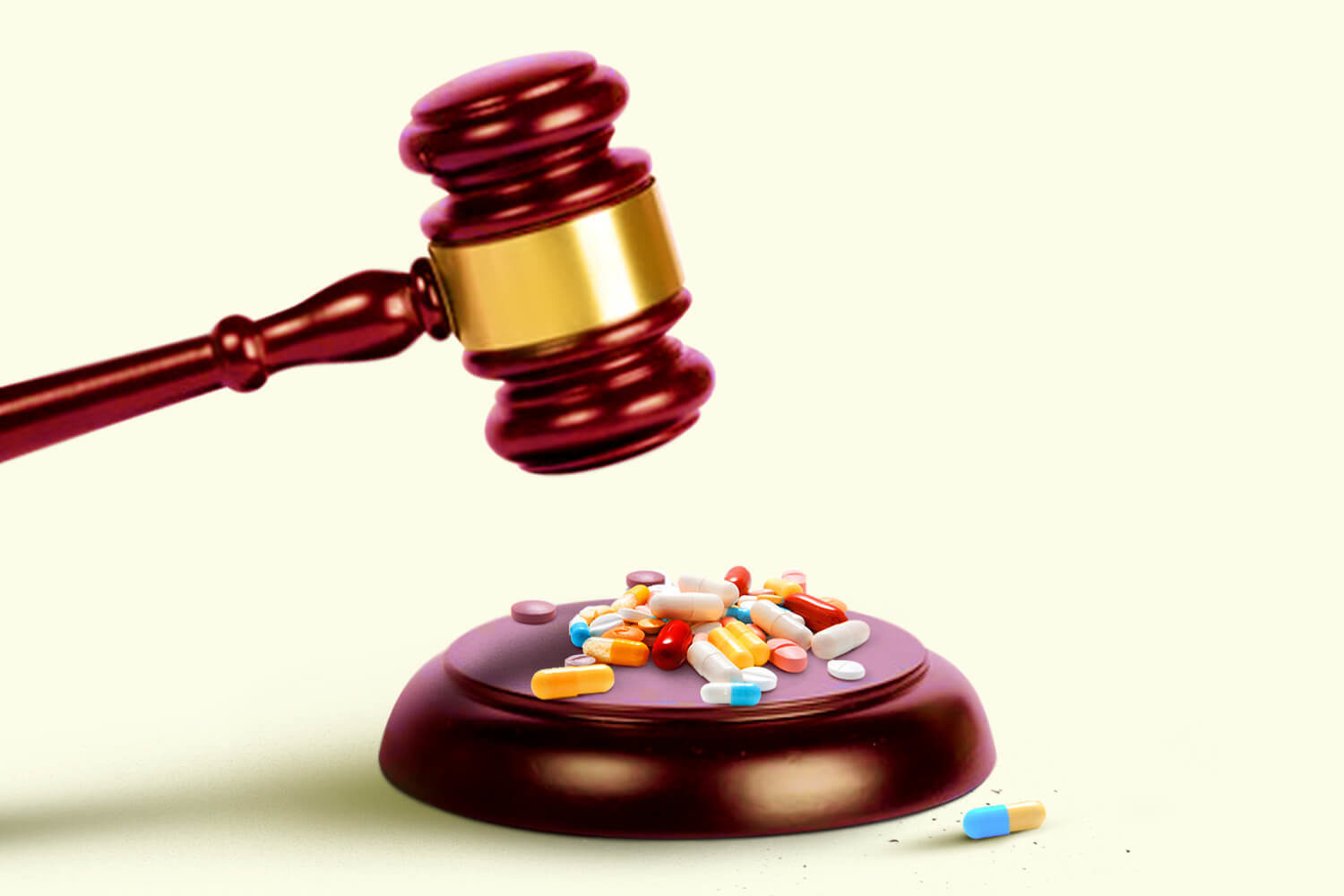The details
- What Oklahoma said: State Attorney General Mike Hunter argued that Janssen, J&J's pharmaceutical subsidiary, created a "public nuisance" by misinforming both doctors and the public about the addictive risks of painkillers as early as the 1990s. The state called J&J the "kingpin" of the crisis.
- What J&J said: It lawfully marketed and sold prescription opioid painkillers, and its products account for under 1% of the Oklahoma opioid market (a stat the state disputed). It's appealing the decision.
So what comes next?
The seven-week trial was the first by a state seeking compensation for an opioid-driven public health crisis.
And the entire industry was nervously watching. Oklahoma's decision to hold a pharmaceutical company accountable for contributing to the opioid crisis could set a precedent for the roughly 1,900 pending cases against J&J, Purdue, Teva, and other prominent drugmakers.
- Some experts have suggested opioid producers could have to pay up to $100 billion to resolve their liability for the opioid crisis.




The owners should be charged with murder and locked up for life. That would start draining the swamp.